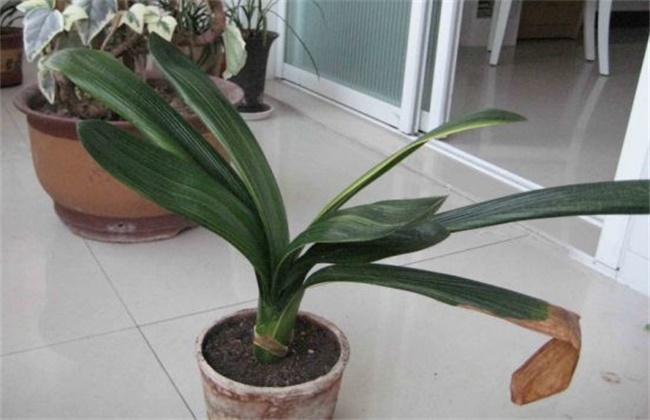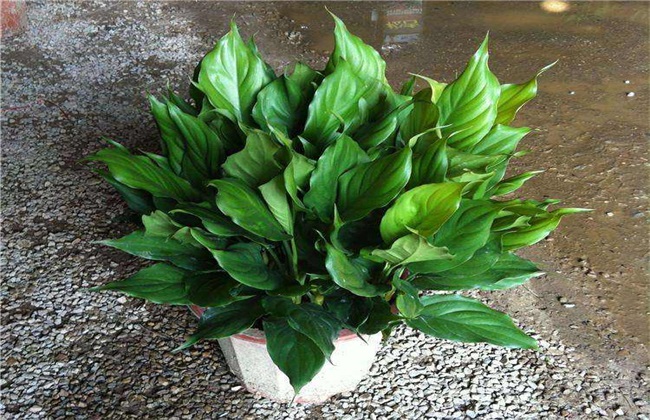Preparation techniques of cultivated species of Edible Fungi
We studied 9 mushroom species and finally determined that straw rot fungus Pleurotus ostreatus was one of the ways to utilize rice straw. The key techniques of cultivation of Pleurotus ostreatus are as follows.
I. cultivation facilities
From the comparative study of five different cultivation facilities in Beijing, it is concluded that the simple bamboo-wood structure multi-layer bed-frame mushroom shed is easy to popularize in Beijing area.
2. Comparative study on the formula of edible fungus through the comparative study of five different formulations of the first-class strain, it is concluded that the mycelium growth of the formula with glucose is the best.
Through the comparative study of four formulations of secondary and tertiary bacteria, the best formula was selected as follows: 9 kg of wheat grain, 1 kg of rotten dung, 0.1 kg of gypsum powder, 0.01 kg of lime powder, proper amount of water and pH value of 7.5. Cover 15 grams of rotten animal dung on each bottle after bottling. According to this formula, the mycelium grows best.
Third, the retting of cultivation materials in winter in order to turn the waste of rice straw into treasure, and to make rice farmers plant Pleurotus ostreatus in their leisure time to increase their income, it is very important to solve the problem of cultivation materials in winter. In the study, on the basis of the original production and retting, some measures were added to compost the pure organic cultivation materials successfully under the natural temperature of-7 ℃ in winter, which provided experience for the annual production of Pleurotus ostreatus and other edible fungi using retting materials.
IV. Covering materials
The comparison of five different mulching materials before mushroom production shows that peat soil in Haidian area is the best mulching material for Pleurotus ostreatus, while northeast peat is too loose to be used alone.
5. Lighting
In production practice, there is often excessive light, decline in the quality of the fruiting body or loss of commodity value. For this reason, we studied the effects of different light on the fruit body, and determined that the light index of 0600 lux was the suitable light intensity, 20 lux was the optimum light intensity, and 800 lux was the highest critical value.
Related
- Fuxing push coffee new agricultural production and marketing class: lack of small-scale processing plants
- Jujube rice field leisure farm deep ploughing Yilan for five years to create a space for organic food and play
- Nongyu Farm-A trial of organic papaya for brave women with advanced technology
- Four points for attention in the prevention and control of diseases and insect pests of edible fungi
- How to add nutrient solution to Edible Fungi
- Is there any good way to control edible fungus mites?
- Open Inoculation Technology of Edible Fungi
- Is there any clever way to use fertilizer for edible fungus in winter?
- What agents are used to kill the pathogens of edible fungi in the mushroom shed?
- Rapid drying of Edible Fungi



